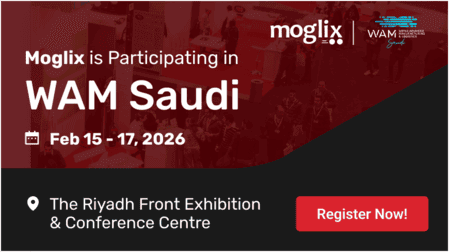What the India-UAE currency swap means for businesses in the region?
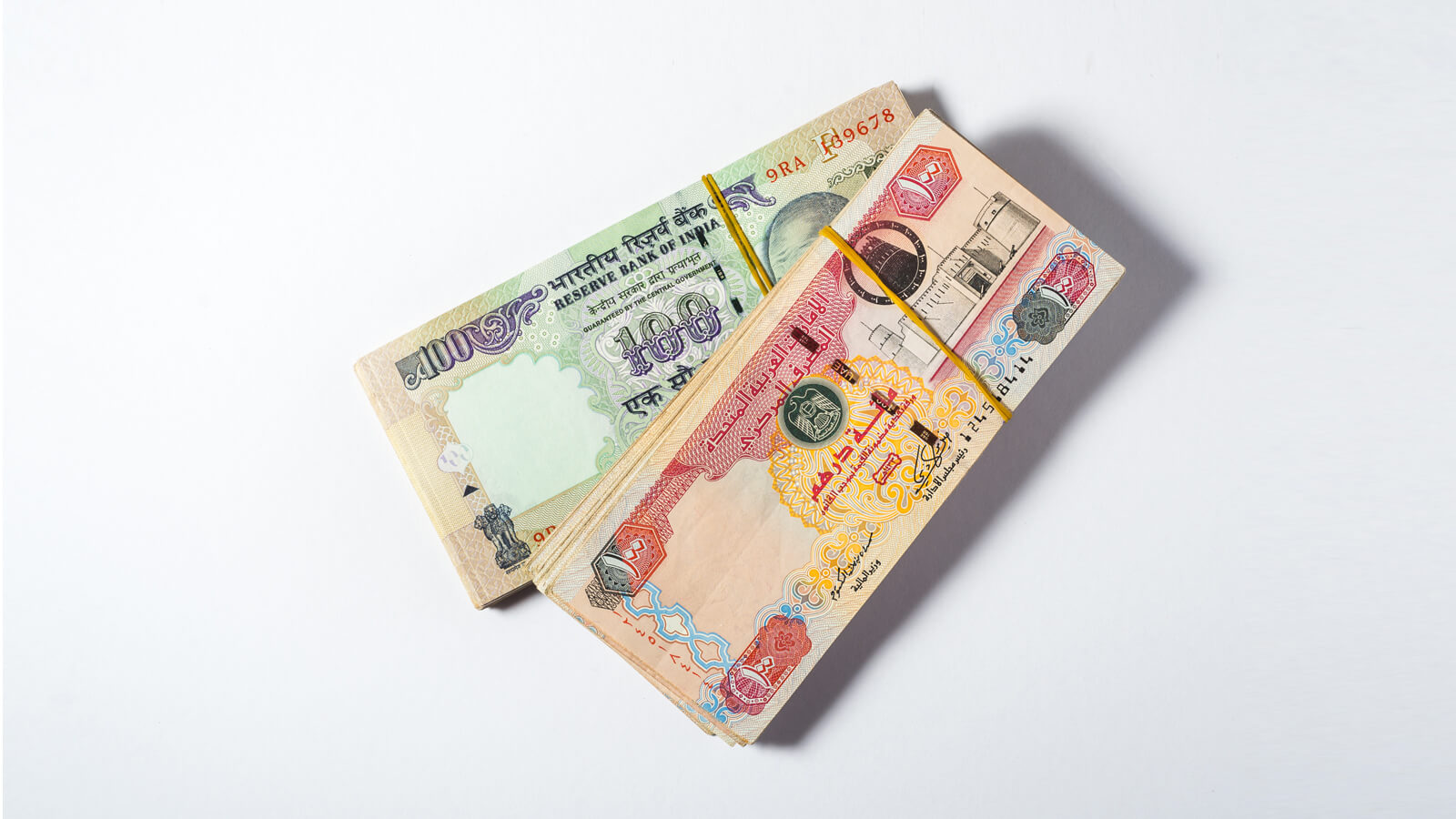
What the India-UAE currency swap means for businesses in the region?
Over the past two decades, cross-border trade between India and the UAE has risen. As a result, exports from the UAE to India have grown at an annualized CAGR of 12.7% — from $1.1 billion in 1995 to $22.1 billion in 2020. Against the backdrop of this scenario, these two regions have entered into currency swap agreements and bilateral trade pacts to strengthen cross-border trade along this route
What is a currency swap?
To make the most of such international contracts, businesses in the regions involved need to know what the terminologies and jargon mean. In the context of a currency swap agreement, it essentially involves two parties entering into a contract to exchange an equivalent amount in their respective currencies directly. They do not benchmark either currency against a third standard currency (typically, the US dollar).
The benefits of currency swap
Currency swap agreements benefit the countries involved as well as the businesses therein in several ways. Foremost among these advantages is the facilitation of more straightforward trade between the two regions. Additionally, the currencies involved are strengthened, and the accompanying trade risk is reduced.
Aside from these direct benefits, currency swap agreements cement the trust between the two regions, opening up more cross-border trade opportunities. This could give small businesses and startups a platform to expand their trade beyond local markets and enter the export business.
Decoding the India-UAE currency swap agreement
Towards the end of 2018, India and the UAE entered into a currency swap agreement to facilitate direct trade between the two regions — without using any third benchmark currency. This bilateral currency swap was for a sum equivalent to ₹35 billion or 2 billion dirhams, which was expected to boost the two local currencies.
In February 2022, India and the UAE signed a bilateral trade pack, the Comprehensive Economic Partnership Agreement (CEPA). Touted as the most significant trade agreement between the two regions, it could enable more efficient trade across the India-UAE border as the world opens up post-COVID.
Benefits of such agreements for businesses in the UAE
In the next five years, the CEPA is expected to boost bilateral trade in goods to over $100 billion and in services to over $15 billion. This, coupled with the impact of the currency swap agreement signed in 2018, will undoubtedly have a positive cascading effect on businesses in the UAE.
For one thing, it will strengthen the buyer-supplier relationships across the India-UAE border. In addition, both established ventures and small businesses get the advantage of enhanced market access abroad, so they are poised to scale greater heights and expand into newer market segments. It also enables more competitive trade between the two countries, resulting in huge business savings since the currency conversion bypasses the US dollar. Lastly, the currency swap agreement could also indirectly facilitate smoother supply chain movements between large and small businesses in India and the UAE.
As borders blur, streamlining e-procurement is key
If your business is based in the UAE, Moglix can help you with this. With comprehensive digital supply chain solutions that are future-facing and aligned with the UAE’s vision for the years to come, we enable businesses in the region to streamline their e-procurement procedures and strengthen supplier relationships. Get in touch with us to learn more.
How will blockchain revolutionize procurement supply chain?
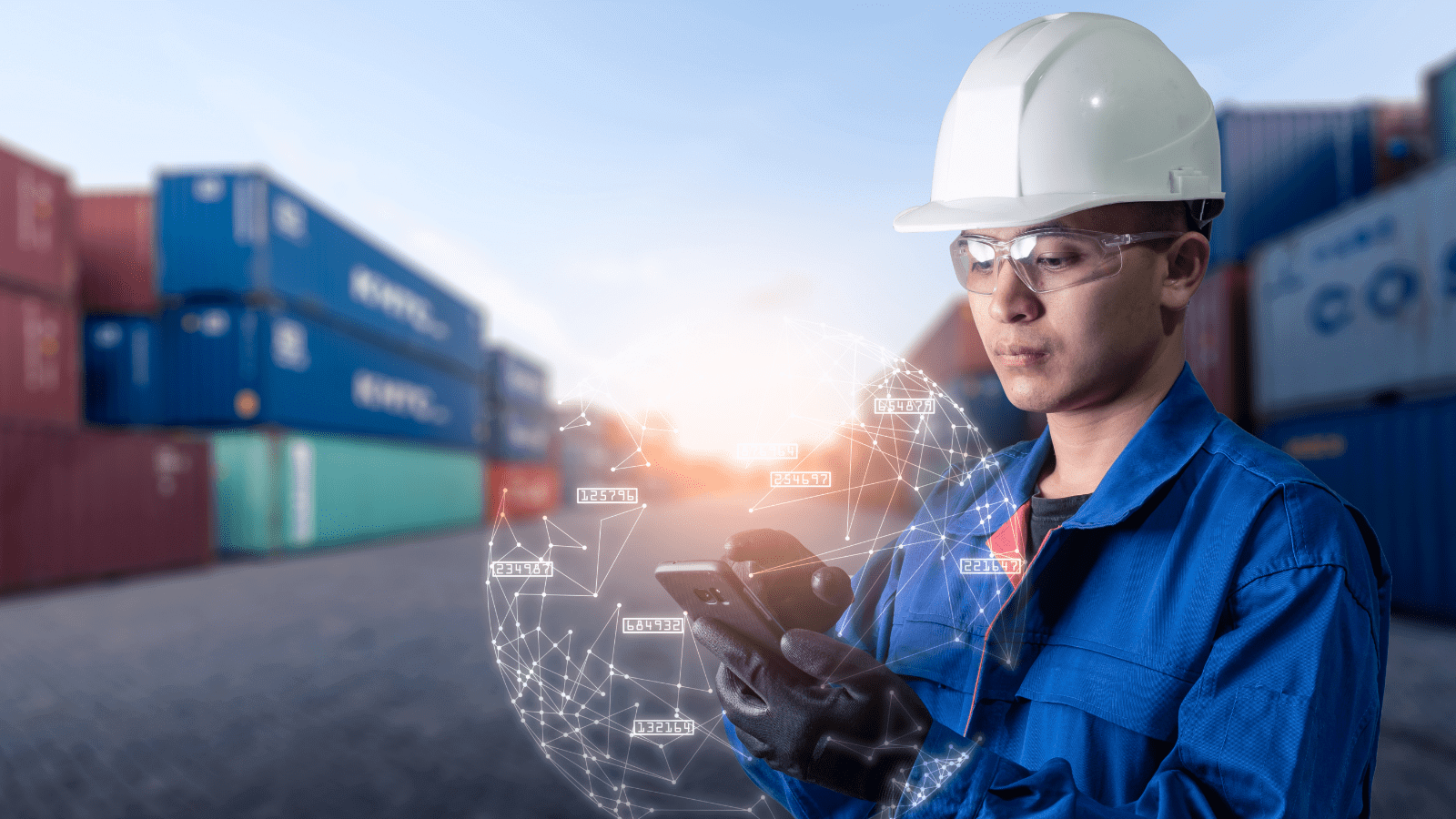
How will blockchain revolutionize procurement supply chain?
Even as the world moves towards a more efficient future, blockchain is slowly but surely transforming B2B transactions on a global scale today. In fact, the total number of B2B cross-border blockchain transactions is projected to surpass 1.7 billion by 2025. The UAE, in particular, is a region of interest because it is quickly emerging as one of the most preferred markets for blockchain startups and businesses.
In a world where blockchain is gaining increasing prominence by the day, businesses need to be equipped to tap into this technology optimally. And where better to begin than the fundamentals?
Beginning at the basics: What is blockchain?
The word ‘blockchain’ is everywhere now, but businesses need to understand what it is all about to truly make the most of this new technology. Simply put, a blockchain is a decentralized and immutable digital ledger. Blockchain technology uses this concept to facilitate transparent yet secure data sharing across a network.
The role of blockchain technology in UAE’s vision for the future
In the journey to the future, the United Arab Emirates has always been one step ahead. So, when blockchain emerged as a potential contender for technologies that could shape the world in the coming years, the UAE embraced it and how! The launch of the Emirates Blockchain Strategy 2021 and the Dubai Blockchain Strategy are some of the most relevant examples in this regard.
Further, the Dubai Future Foundation also established the Global Blockchain Council to explore the possible applications of this futuristic technology. Amid this dedicated focus on blockchain in the UAE, businesses in the region must understand how technology can revolutionize the procurement supply chain.
Three ways in which blockchain can revolutionize the procurement supply chain
Here is how blockchain technology can add value to your procurement supply chain.
The creation of smart contracts
Blockchain can be pivotal to creating smart and tamper-proof vendor contracts. These contracts can support multi-party agreements and even be self-executed, so payments occur on time.
Enhanced supply chain transparency
Improved transparency and visibility across the supply chain make vendor management more efficient for your business. With blockchain, you get the benefit of audit trails, better traceability and verifiable supplier credentials across the procurement cycle.
Streamlined purchase management
Purchase management is a crucial part of the procurement supply chain. Blockchain technology can be a game-changer since it facilitates more efficient order approvals, quicker invoice processing, and a more streamlined procure-to-pay cycle.
The first step in the blockchain-led revolution
Digitalization is the first step that will make your business ready, for when you would need to take that leap into the future of procurement supply chain using blockchain technology. Moglix facilitates has been working with organisations digitally transforming their procurement supply chain. Contact us today to learn more about how your business can keep pace with the newest trend in the UAE’s B2B landscape.
The Global Supply Chain Crisis: What’s in store for 2022?

The Global Supply Chain Crisis: What’s in store for 2022?
We wish there was good news. We wish there were even regular news. Alas, as we have gone deeper into 2022, our crystal ball does not have the clarity to report. Just as we’re hoping that we are seeing the back of COVID19 disruptions in global economic trade, supply chain, and logistics, we can already see new crises on the horizon.
Market Sentiment, Challenges, and the Supply Chain Connect
Last week, the International Monetary Fund (IMF) downgraded its global economic growth forecast by half a percent to 4.4. In doing so, it cited supply chain issues as a primary reason that is pulling the optimism around growth downward.
It’s not that the pandemic-related issues are simply going to vanish, but that the fragility of our supply chain ecosystem stands exposed. We also heard of COVID19 shutdowns in China, a vital piece of the global supply chain jigsaw puzzle. Expect the unexpected.
The world is also acutely aware of the conflict in Eastern Europe and its implications on global supply chains. The cross-border war has fractured the global manufacturing supply chain community into diverse groups, impacting import-export schedules, and affecting embargos, trade routes, and more.
On the other hand, the standoff between the two major economies of Asia is adding to the woes of local manufacturers and suppliers. It has given rise to a race – to gain supremacy and control on the best maritime trade routes to enable predictable, safe, and cost-effective movement of goods.
The 4Ms of Global Supply Chain Diversification as a Response
In short, we could all use a breather. A 4-M model could provide respite for organizations exposed to the intricacies and lack of predictability in the supply chain.
- Multi-Commodity: It is time for organizations to look at a broader range of products to diversify risk and tide over difficult times. By going wide and searching for alternatives, we can insulate ourselves against geopolitical risk and region-specific blockades to a more considerable extent.
- Multi-Supplier: As the name suggests, manufacturers should look at a broader supplier base for the same materials. While this may seem counter-productive for vendor management, the risk of receiving critical supplies from a select group of vendors is more dangerous.
- Multi-Modal Logistics – We must look at a more flexible and robust combination of logistics modes rather than depend on the tried and tested formula. The choice between air, land, and sea must be balanced to avoid last-minute surprises.
- Multi-Routes – Organizations are advised to select a combination of safer routes (green/yellow classifications) to ensure supplies emanating from different geographical areas do not face disruption.
In essence, in the coming years, businesses need to be resilient and flexible so they can be better at anticipating, reacting, planning, and recalibrating against the unexpected by developing long-term strategies and solutions; and enabling cross-functional integration and collaboration within their ecosystem of vendors.
Understanding the depth of your procurement and supply chain database by automating the collection, integration, analysis, reporting, alerting, and visualization of your supply chain data can help you recognize risk early and actually do something about it.
To experience an increased visibility and transparency in your operation process, let your sourcing and procurement teams have access to real-time visibility and data so they can be gung-ho!
Avengers Assemble: Manufacturing Technologies as Superheroes
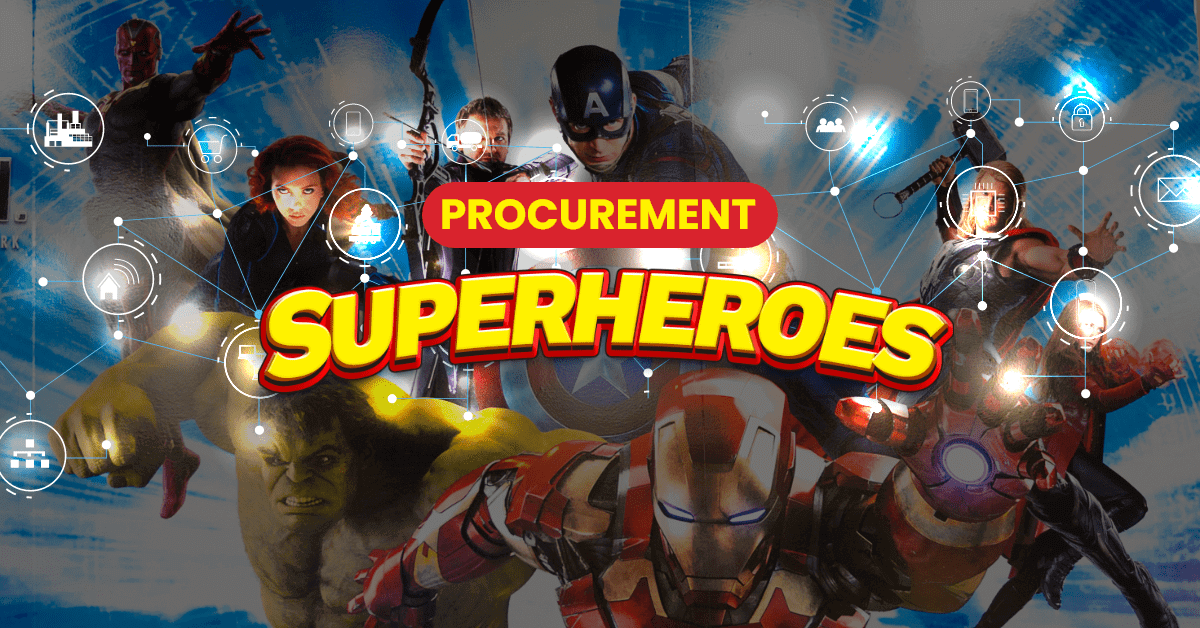
Avengers Assemble: Manufacturing Technologies as Superheroes
While the future of manufacturing is endless; today UAE is at the helm of all digital transformations and an emerging manufacturing leader from the COVID19 pandemic endgame within the Middle East and North Africa (MENA) region. Just like Avengers are a group of superheroes working together – that defines an individual collaborative ‘single platform’ solution, Batman is the new kid in the manufacturing block leading the forces towards the technological future we deserve.
While there are multiple competitive businesses rising within the horizon, like a phoenix born to life, manufacturing ‘futuristic’ technologies just like the Marvel series is an individual solution for all manufacturing supply chain management needs.
The UAE Economic Vision 2030 seeks to shed this tag. As the world grapples with the aftermath of the pandemic, UAE aims to invest more in adopting advanced technologies to establish itself as a world-class manufacturing hub for decades to come. The Government has an ambitious aim to increase the contribution of manufacturing in the GDP from 11% to 25%. It seems that this enormous task befits the Avengers from the Marvel Cinematic Universe.
The Avengers Assemble: Know the Start Cast of Manufacturing Technology Superheroes
Dubai’s commitment to adopt the latest manufacturing technologies like artificial intelligence, machine learning, 3D Printing, and Smart Manufacturing is directly responsible for its rise as a global technology and innovation hub. This blog aims to equate these cutting-edge technologies to pop culture Avenger superheroes. The UAE seeks to assemble an ensemble cast that ushers in a new era of success.
Smart Helmets/3D printing – Enter Iron Man
Dubai is one of the world’s foremost travel hubs, with nearly a billion footfalls every year. The pandemic posed a considerable challenge to ensure proper safety protocols and healthcare access. Just like Iron Man has a Jarvis-enabled helmet, Dubai equipped staff with thermal helmets that allowed them to scan more than 200 travelers per minute. Innovative 3D printing technologies ensured there was no shortage of face shields. Just like Iron Man likes to tinker in his lab, Dubai is fast becoming a hub for product design and digital transformation.
4th Industrial Revolution (4IR) – Age of Ultron
A global revolution was exactly what Ultron had planned. The Ministry of Industry and Advanced Technology push is instrumental in the set-up, deployment, and investment into AI/ML, robotics, big data, and alternative energy sources. 4IR is also directly linked to supply chain efficiency and resilience. Talent and skilled resource development are also a must if the UAE is serious about creating the type of impact that Ultron had envisioned.
Laser Testing and Processing – Vision for a Vision
Dubai and the large cross-section of UAE geographies are fast building a reputation as a source for precision engineering and laser testing. The credibility set can help unlock the true potential of industry hubs like energy, chemicals, plastics, metals, heavy manufacturing, healthcare and electrical equipment, with a renewed focus on agri-tech, biotech, advanced manufacturing and space.
Digital Procurement akin to the Silver Surfer
It is essential to connect unto our conversations to measure RoI, social impact, and sales tools that enable you to go out individually. Catalog-based buying, digitalization of data, and procurement operations are the long-term answers, especially after the last two years of supply chain disruptions. Just like the Silver Surfer possesses speed, agility and the ability to harness limitless energy, digital procurement platforms will help UAE bring supply chain transformation to introduce deep tech investments over the next ten years.
What’s Next for the Avengers Assemble? A Window to the UAE in 2032
The UAE economy has expanded 57 times in the last five decades, rising from Dh6.5 billion to about Dh353.90 billion in 2020, on the back of burgeoning services and industries. And as the recently-released Dubai 2040 urban development master plan suggests, there will be continued investment in physical infrastructure as well, including transport, housing and leisure facilities to improve the quality of life for residents and to make Dubai a desirable place to live and work in the coming decades.
The UAE has been adopting new technology for greater digital advancement and applying it well in various sectors. And as digital integration takes the center stage, the UAE will continue to move towards and adopt collaborative ways of working in procurement and B2B commerce.
Moglix is an Asia-based B2B commerce company specializing in the e-procurement of industrial products. We provide digital procurement and supply chain solutions across industries, such as FMCG, Healthcare, Construction, Oil & Gas, Metal & Mining among others. To know how your enterprise can unlock the benefits of new-age technology-driven procurement and supply chain solutions from Moglix, visit https://business.moglix.ae/contact-us/
Why Collaboration is the key to good procurement in the future?
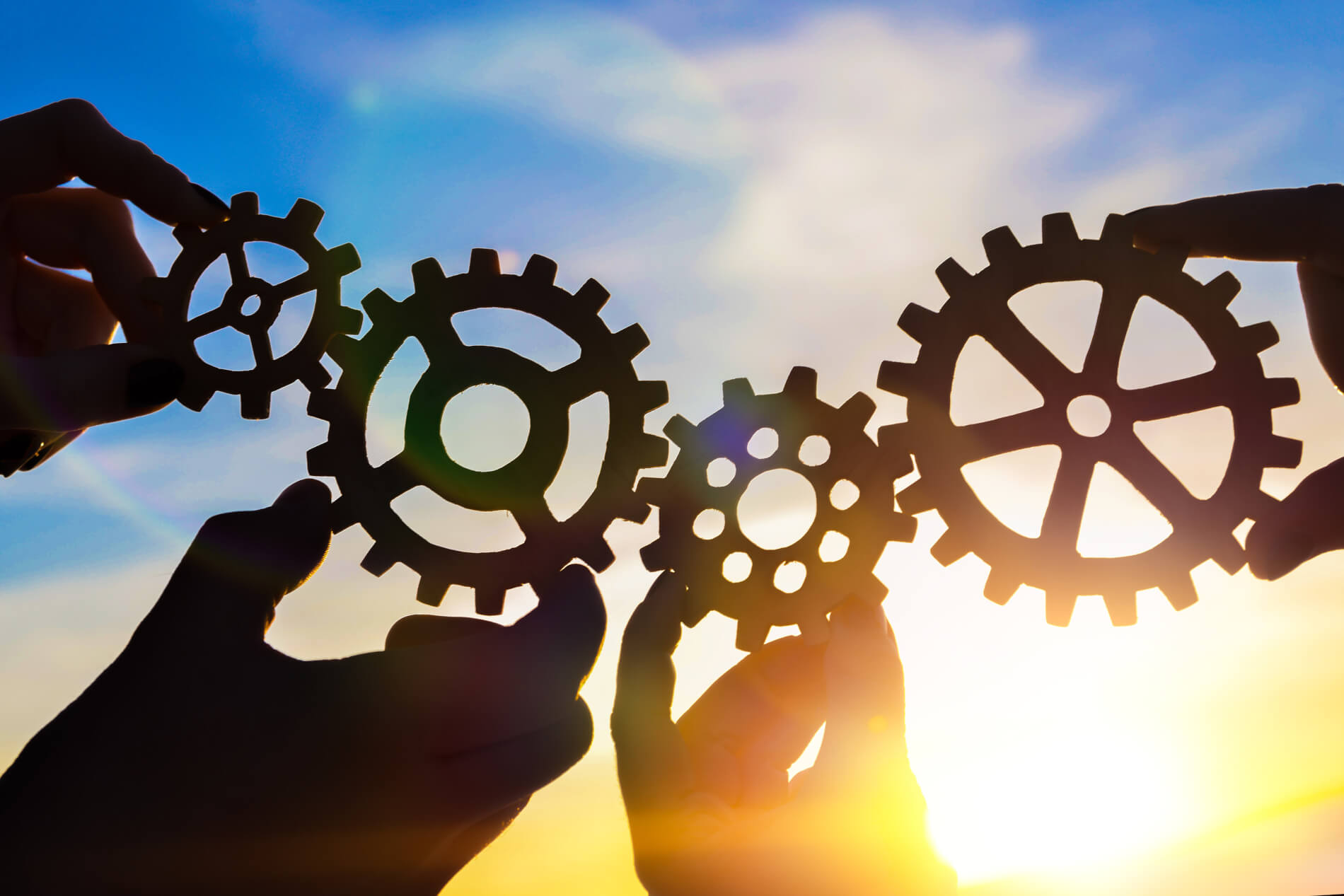
Why Collaboration is the key to good procurement in the future?
Many would argue that COVID-19 has changed the way we work, especially in procurement. We have had to move in and out of our offices, conduct virtual meetings, and use our great negotiation skills to get the best deals. Supply chains became more complex and having a single source has turned into a risk.
Is there any aspect of procurement that has not been affected? Is there any aspect of procurement that could have been done differently, and maybe, better?
Without the need to have the team in one single office, teams today have enabled a distributed way of working, adjusting to different cultures and time zones of our partners and suppliers. A couple of years back I heard a story of a Canadian manufacturer. Their main suppliers were in Southeast Asia. Hence, the procurement manager was sitting in Australia with her team of 6 buyers, located in 6 different countries, taking care of quality control and ensuring that goods were delivered on time. They were constantly monitoring the local market for new potential vendors, which was quite a challenge from halfway around the world. Today, this has become a norm.
While I have seen the presentations of 3D virtual conference systems, I still believe that real meetings are not replaceable with technology. After all, we all know that the best deals are made over lunch, and not in the boardroom. However, technology has enabled us to connect faster and more often. Instead of meeting three times a year in person, now we can meet six times online and once in person, which you have to admit, helps build relationships and enable collaboration in the long term.
Procurement needs to change – both internally and externally. More than ever, the teams must be flexible. We have to re-write our procedures and processes to adapt to the new realities around us and be ready to quickly give up our old habits. Finding the “sweet spot” between flexibility and control was always difficult. Now, with all factors constantly changing, we have to live with the fact that the change will never stop.
I believe that 5-year contracts will not come back for a long period. We have to learn who is critical in the process and could lead our operation to a halt. You must learn and adapt that your entire 5000 person factory depends on a small factory in the middle of another country, producing a small, yet crucial product. If they stop, your Tier-1 single source also stops. To eliminate supply chain risks, we must reach out to Tier-2 vendors and monitor their operations.
When it comes to vendors, the job of procurement is, now more than ever, to think globally. COVID-19 is a scary reminder of how critical running of our supply chains is and how we must remain connected no matter where we are.



